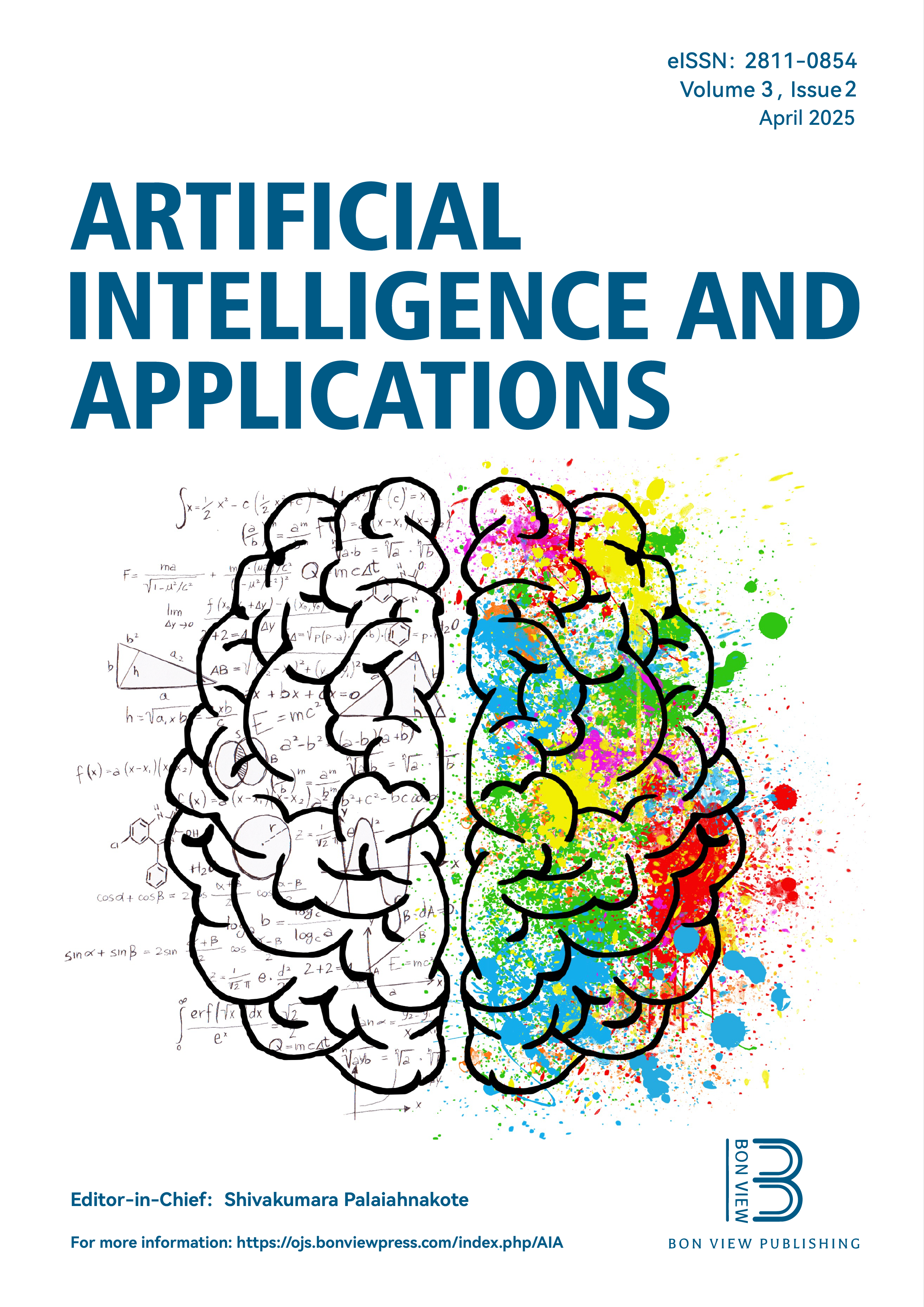AI Perspectives Within Computational Neuroscience: EEG Integrations and the Human Brain
DOI:
https://doi.org/10.47852/bonviewAIA52024174Keywords:
artificial intelligence, biomedical engineering, computational neuroscience, cognitive computing, deep learning, electroencephalography, machine learningAbstract
Current advancements within the realm of computational neuroscience, combined with the transformative capabilities of artificial intelligence (AI), have opened new paths for understanding the human brain’s interconnected complexity. This research exploration integrates electroencephalography (EEG), computational neuroscience, along with AI toward the investigation of complex cognitive mechanisms and neural activations associated with the various types of mental states. As a non-invasive tool, EEG mainly captures the internal electrical activity that reveals the interconnected cognitive processes in real time. By leveraging AI techniques—such as deep learning (DL), machine learning (ML), transfer learning, and convolutional neural networks (CNN)—this investigation deciphers EEG data to identify various specific neural patterns accompanying various types of cognitive states, memory formation, and especially toward emotional responses. To further refine these results and findings, this study organizes applications chronologically, presenting a developmental perspective on the AI-driven EEG advancements and their significance in detecting nuanced brain activity. This research not only addresses how experimental methods impact cognitive state reliability but also examines the amygdala’s role in EEG during emotional stimuli, thus expanding our multimodal level for understanding of emotional and memory-related neural signatures. By merging EEG data with AI-calibrated models, this investigation proposes new perspectives on the neural basis of attention, perception, and cognitive function, potentially informing early diagnosis of neurological disorders and enhancing brain-computer interfaces. Through this multidisciplinary lens, the exploration advances clinical applications and cognitive interventions, highlighting the interplay between EEG, computational neuroscience, and AI as an essential frontier in terms of both science and neurotechnology.
Received: 26 August 2024 | Revised: 28 October 2024 | Accepted: 4 November 2024
Conflicts of Interest
The authors declare that they have no conflicts of interest to this work.
Data Availability Statement
The data that support the findings of this study are openly available in PhysioNet at https://www.nigms.nih.gov/; National Institute of Biomedical Imaging and Bioengineering at https://www.nibib.nih.gov/; NIH at https://archive.physionet.org/about.shtml; PhysioBank at https://archive.physionet.org/physiobank/; PhysioToolkit at https://archive.physionet.org/physiotools/.
Author Contribution Statement
Zarif Bin Akhtar: Conceptualization, Methodology, Software, Validation, Formal analysis, Investigation, Resources, Data curation, Writing – original draft, Writing – review & editing, Visualization. Victor Stany Rozario: Supervision, Project administration.
Metrics
Downloads
Published
Issue
Section
License
Copyright (c) 2025 Authors

This work is licensed under a Creative Commons Attribution 4.0 International License.






